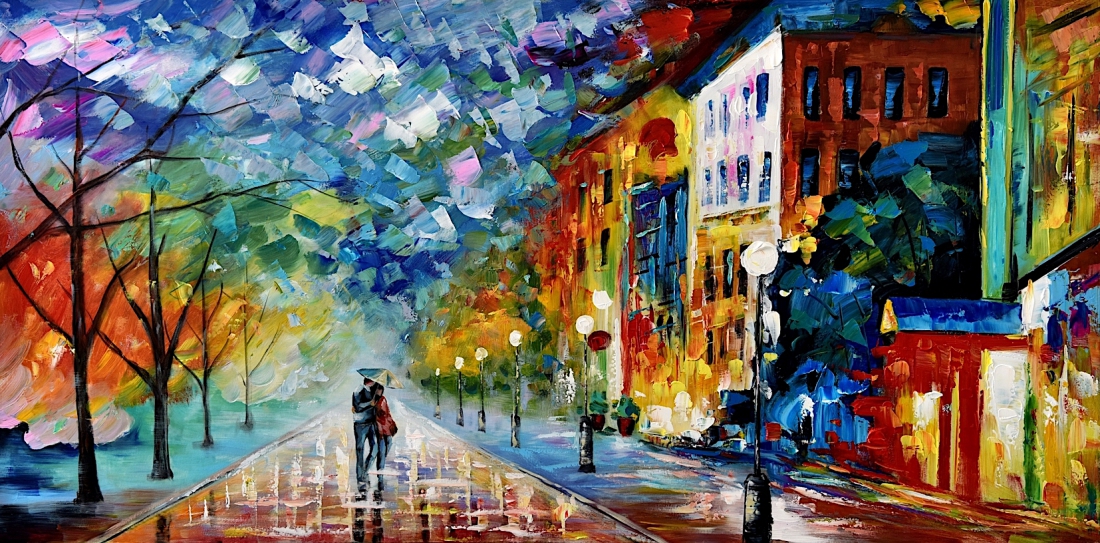
Painting, an age-old form of artistic expression, transcends time and culture, captivating viewers with its vivid colors, intricate details, and emotive storytelling. From the ancient cave landschap schilderij of Lascaux to the vibrant masterpieces of the Renaissance and the avant-garde works of modern art, painting has evolved as a quintessential medium for human expression. In this article, we embark on a journey through the world of painting, exploring its history, techniques, and enduring significance in the realm of art and culture.
A Brief History: The origins of painting can be traced back to prehistoric times, where early humans adorned cave walls with images of animals, rituals, and daily life. These primitive paintings, such as those found in the Chauvet and Altamira caves, provide a glimpse into the artistic impulses of our ancestors and their deep connection to the natural world.
As civilizations flourished, painting became more refined, with ancient Egyptians creating elaborate murals depicting scenes of pharaohs and gods, while classical Greek and Roman artists portrayed mythological narratives with precision and grace. However, it was during the Renaissance that painting reached new heights of innovation and sophistication, as artists like Leonardo da Vinci, Michelangelo, and Raphael revolutionized the medium with their mastery of light, shadow, and perspective.
In the centuries that followed, painting continued to evolve, from the romantic landscapes of the Hudson River School to the bold experimentation of the Impressionists and the abstract expressionism of the 20th century. Today, painting encompasses a diverse range of styles, from traditional realism to contemporary conceptual art, reflecting the ever-changing landscape of human creativity.
Techniques and Materials: Painting encompasses a wide array of techniques, each with its own unique characteristics and challenges. Oil painting, one of the most popular mediums, involves mixing pigments with linseed oil to create rich, luminous colors that can be layered and blended to achieve depth and texture. Watercolor, on the other hand, relies on the transparency of pigments suspended in water, allowing artists to create delicate washes and ethereal effects.
Acrylic paint, a relatively modern medium, offers versatility and quick drying times, making it ideal for artists who seek spontaneity and experimentation. Mixed media techniques combine various materials, such as collage, found objects, and digital elements, to create dynamic and multidimensional works of art.
Regardless of the medium, painting requires skill, patience, and a keen understanding of composition, color theory, and perspective. From the precise brushwork of classical realism to the bold gestural strokes of abstract expressionism, each artist brings their own vision and voice to the canvas, leaving a lasting impression on viewers.
The Power of Painting: Painting has the power to evoke emotions, provoke thought, and inspire change. Whether capturing the beauty of nature, reflecting the complexities of the human experience, or challenging social norms and conventions, paintings have the ability to transcend language and cultural barriers, speaking to the universal truths that unite us all.